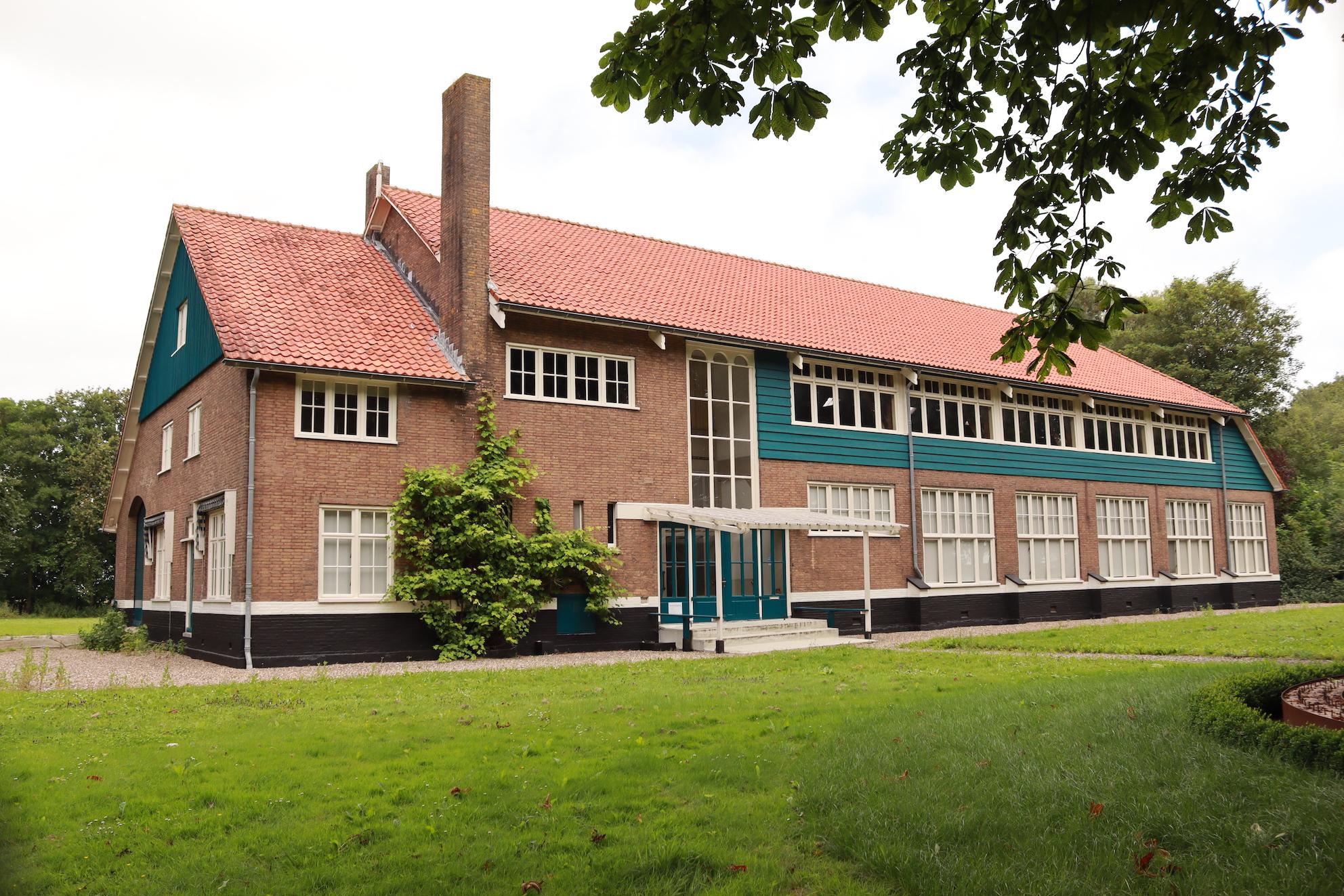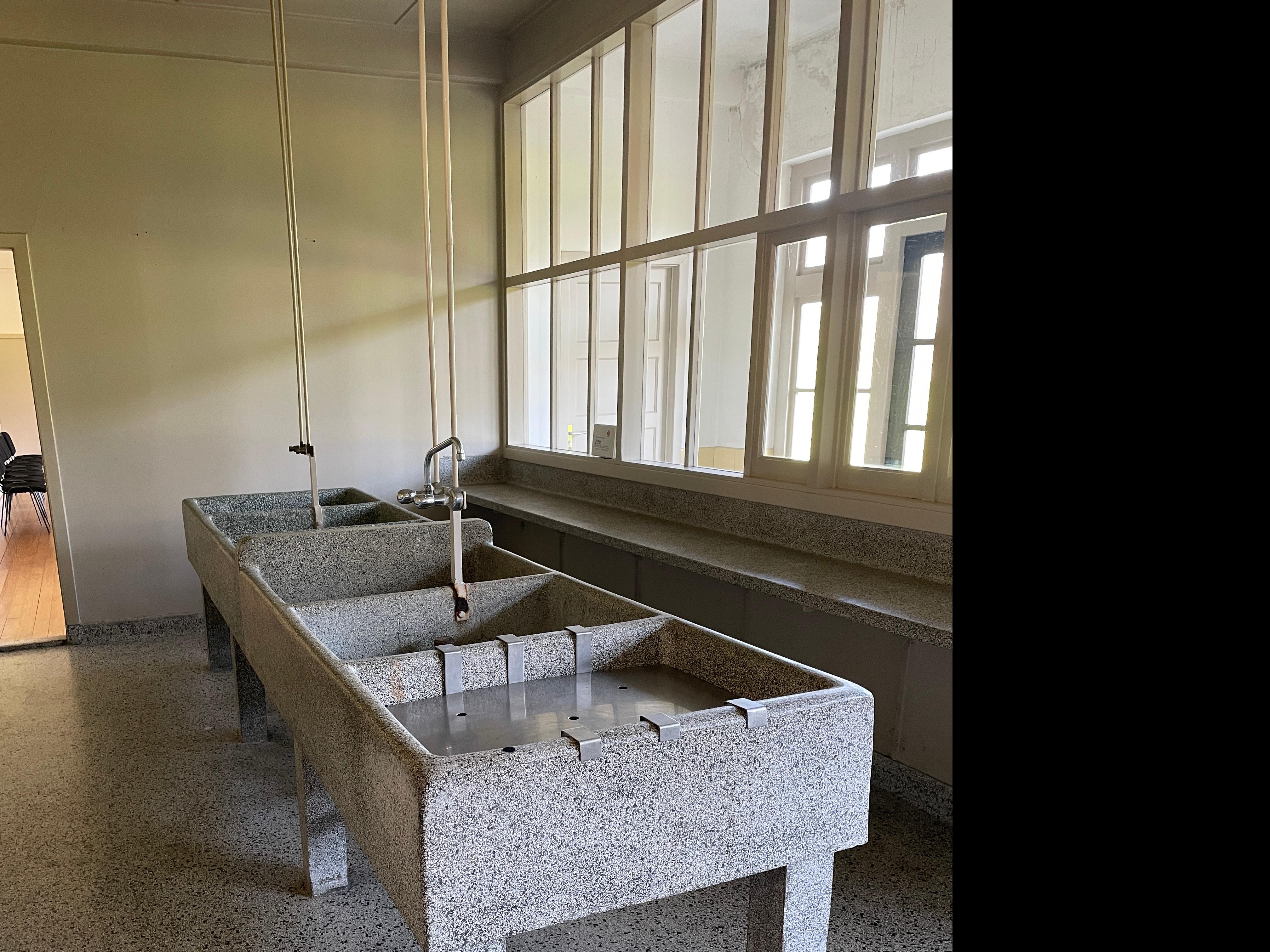In 1930, the Wieringermeer was drained and from 1934 the land was taken into use. The issuance of the hectares of land was done through the government. The Wieringermeer Directorate of the Wieringermeer Service ensured that the land was distributed among selected farmers via a lease system. For example, 210 hectares of land were leased by the Jewish Labor Foundation. Two old barracks were put on the ground and Werkdorp Nieuwesluis was created. Hitler officially came to power in Germany in 1933. Many Jews wanted to flee Germany for fear of persecution. The Jewish Labor Foundation is an initiative of George van den Bergh. The purpose of the foundation was to set up a training camp in the Netherlands especially for Jewish youth. By following an agricultural course, they were able to migrate to Palestine with a so-called ‘Palestine certificate’. On October 3, 1934, the Jewish Werkdorp was opened. The first Jewish refugees set to work building a community house and barracks. The community building was completed in 1937. The building contained a dining room for 250 people, a library, a reading room and a small synagogue. The upper floor was used as a storage place, but also as a shooting instruction room and shooting range. Around the community building, in the shape of a semicircle, there were sixteen large residential barracks. Agricultural training In the Jewish Werkdorp, the women were usually trained for domestic tasks. The male work villagers received a two-year training to become farmers, horticulturists, construction workers or craftsmen. Among other things, cauliflower, spinach, potatoes, sugar beets and broad beans were grown. At Werkdorp there were about 25 dairy cows, 60 sheep, 8 horses and many chickens. The students received training on how to deal with this. Clearance In 1941, local NSB leaders pushed for the camp to be closed. On March 20, 1941, the Jewish Werkdorp was evacuated by the notorious Willy Lages of the Siecherheitsdienst. 60 people were allowed to stay behind to take care of the livestock and crops. About 200 Jewish work villagers were brought to Amsterdam by bus. To everyone’s relief, they were released here again. Everyone was housed in private homes. In June 1941, after two bomb attacks, the Germans decided to arrest and deport more than 250 young Jewish men in Amsterdam’s Jewish quarter as a reprisal. The work villagers received a message that the Germans would pick them up at home to take them back to the Wieringermeer. Between 60 and 200 men fell into German hands as a result of the ruse and were deported to Mauthausen. They all died in the Mauthausen concentration camp. Role of names A roll of names hangs in the community building. This role was made 40 years after the evacuation of the Werkdorp. The roll of names represents the 197 Werkdorpers who died in the Second World War. In 2021, the name monument in memory of the last inhabitants of the Werkdorp will be completed. The memorial stones are in the shape of a semicircle, referring to the residential barracks, around the other monument. The monument on a column was unveiled in 1989. Description monument The community building was designed by architects Bromberg and Klein. The building consists of one storey with a high roof floor. The asymmetrical building is made of yellow-red brick. The front facade has an entrance with a staircase. This separates the western extension (left side) from the community part (right side). The interior has largely remained in its original state, especially the sinks in red and white and black and white tiling in the kitchen. Judaism uses a kitchen that is kosher with two history sinks. The community building has the status of a national monument and the terrain in the shape of a half moon is also protected as a national monument. Valuation The community building is of general interest because of its cultural and architectural-historical value as a historically functional main part of the Jewish Werkdorp Nieuwesluis complex. Sources – Register of monuments via www.monumentenregister.cultureelerfgoed.nl – Werkdorp Wieringermeer via www.werkdorpwieringermeer.nl – Jewish Werkdorp Wieringermeer via www.joodswerkdorp.nl – Joods Werkdorp Foundation via www.joodswerkdorpwieringermeer.nl – Memorial Center Camp Westerbork via www.westerborkportraitten.nl/brons/het-joodse-werkdorp – War sources via www.warsbrons.nl
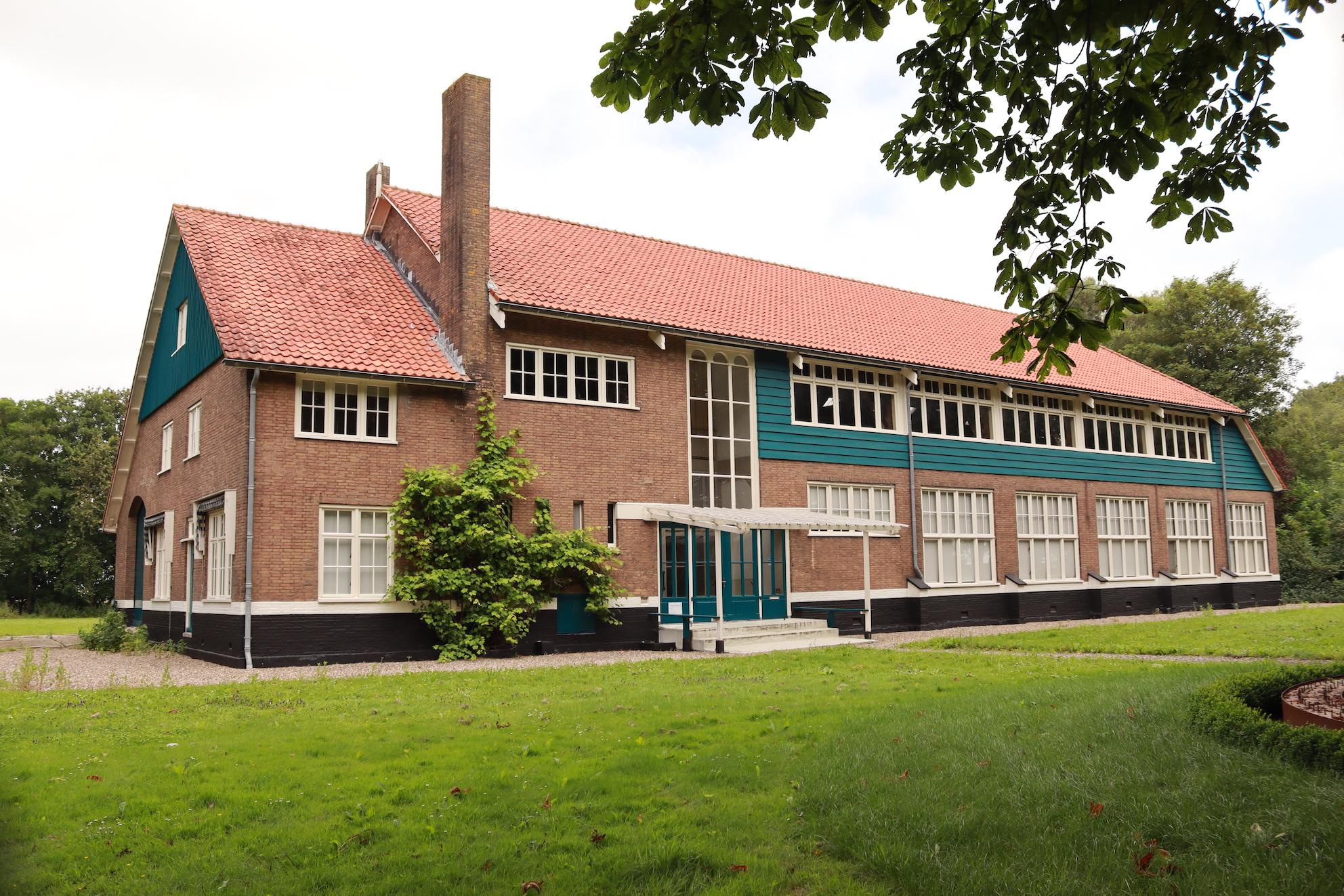
Nearby locations
-

Haakworkshops
- Location
- Slootdorp
Do you also like crocheted shawls, shawls, flowers and so on? And would you like to try it yourself? Then this workshop is definitely for you. From hooks for beginners to hooks for advanced and left-handed people: there is a tailor-made workshop for everyone at Basic Lodge.
-

Nursery Bloeiers
- Location
- Slootdorp
Bloeiers is a nursery in Slootdorp (Wieringermeer) where in spring annual summer flowers are grown, and in the autumn special decoration fruits. At Bloeiers you will buy the products directly from the farm. Starting this spring, the greenhouses have been extended to an area of 9500 m2. Come have a look at our new nursery and be amazed by the choice! Look for the opening on our website www.bloeiers.nl
-
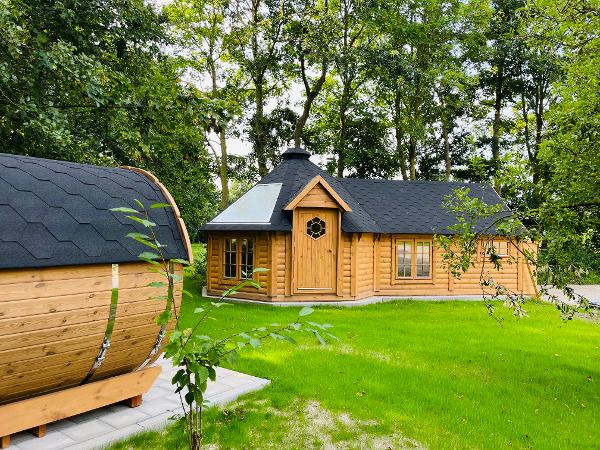
B&B Voor De Wind
- Location
- Slootdorp
Ervaar de gezelligheid en charme van een authentieke Finse Kota bij deze leuke bed & breakfast in Slootdorp! Of je nu een romantisch uitje plant, een ontspannen weekendje weg wilt of gewoon wilt genieten van de natuurlijke pracht, deze Finse kota biedt een bijzondere overnachtingservaring.
-

Tulpenexcursie
- Location
- Slootdorp
In our green houses we can show you over 1.000.000 tulips, in different phases of growth. This is something we want to share with everybody and therefore we are the 1st tulip green house in the Netherlands which opens her doors for groups on holiday or societies on a daytrip. Are you looking for a special place for a meeting? Try our green house or even our open air accommodation.
-

Langewegkerk
- Location
- Slootdorp
The Protestant Langeweg Church from 1939 is the only church of the three churches in Slootdorp where services are still held.
-

M.M. Metamorphosis
- Location
- Slootdorp
M.M. Metamorphosis: Designing and furnishing your company, home and garden; interior and garden advice. You can contact us for all your furniture, lighting, decoration, bouquets, paint, wallpaper, curtains, floors, but also for your kitchen, bathroom, bedroom, hall, terrace, swimming pond. In short, the complete picture.
-
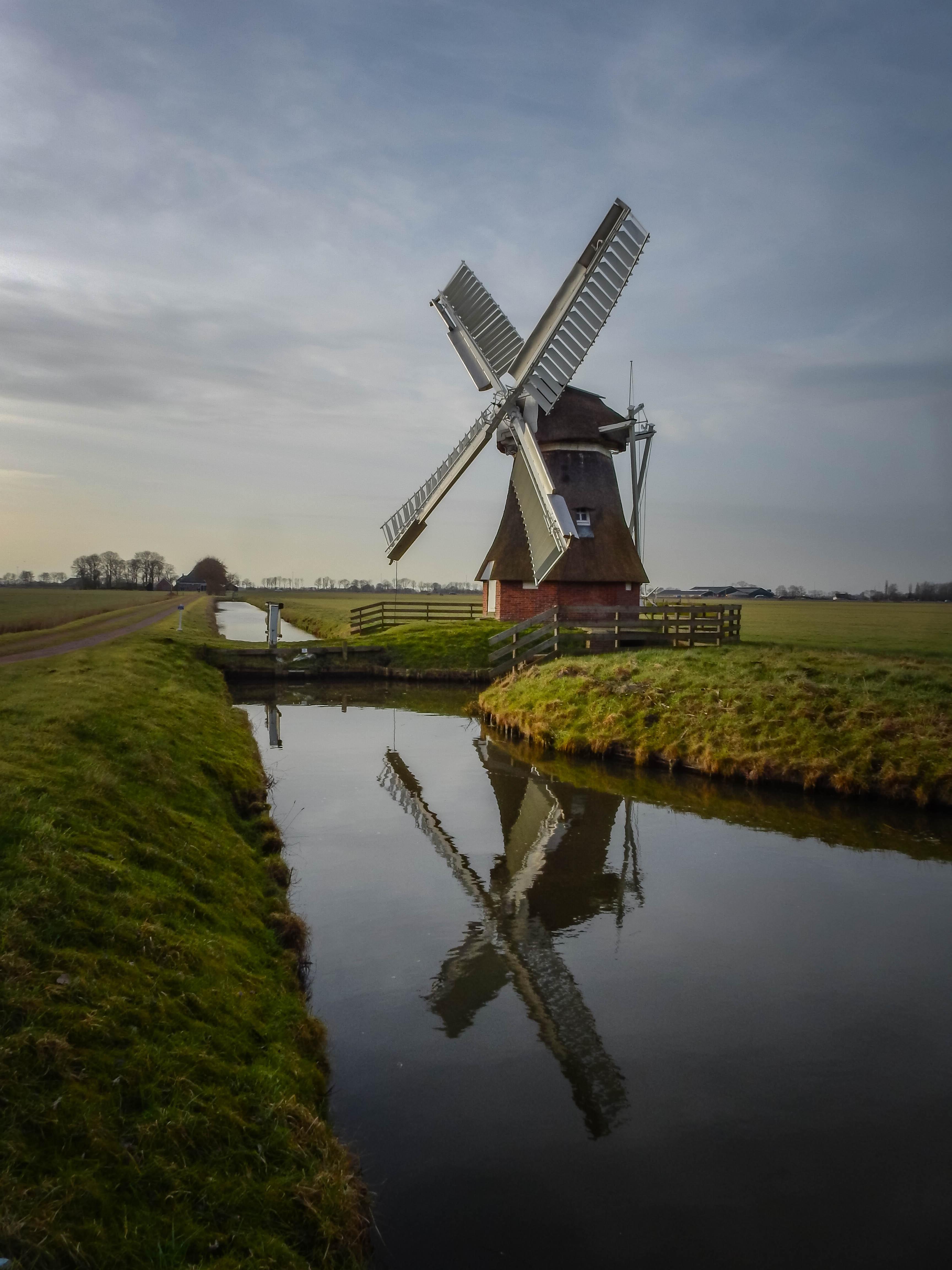
Viskringloop Wieringenmeer
- Location
- Slootdorp
In the Wieringermeer we develop a unique area to increase the spawning and habitat for fresh-salt migratory fish and to improve water quality. Together with the partners Nuon and Staatsbosbeheer, we set up an area of more than 17 hectares, including a forest hem along the existing Robbenoordbos and the water compensation for the wind farm.
-

De Nieuwe Tijd, B&B
- Location
- Slootdorp
Bed and Breakfast Farm with 6 bedrooms (17 persons). The location is very suitable for a longer stay and for trips by car.
-

Campersite ‘De Tulpentuin’
- Location
- Slootdorp
At only 2 km from Wieringerwerf (shops, indoor pool, restaurants, and more) you will find campersite "De Tulpentuin". You have a great view of the cereal, potato and tulip fields. Near several cycling routes in North Holland. The sites are available throughout the year, you spend the night at the former seabed (5.5 meters below sea level). The motorhome has all the necessary comforts: electricity, water, free Wi-Fi, dump your waste tank discharge point for chemical toilets. Furthermore, you can use the shower and toilet of our company.

